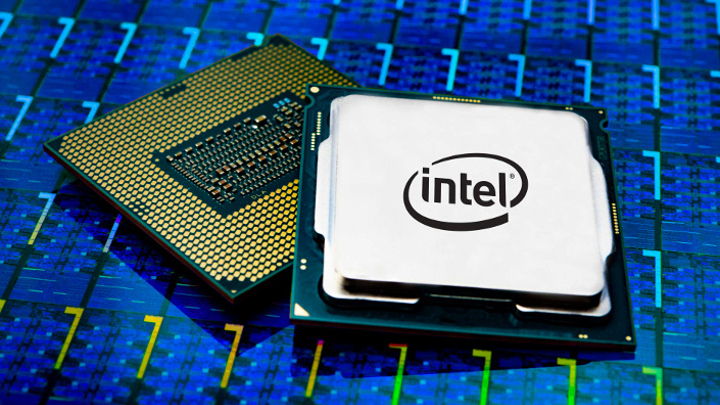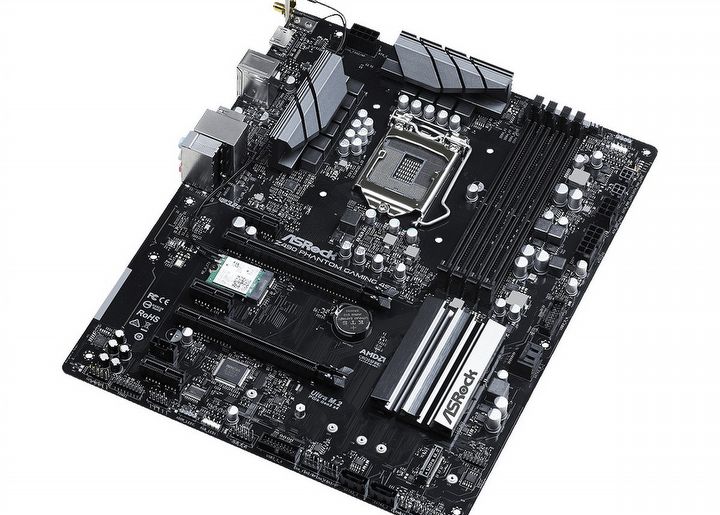Comet Lake-S CPUs Are Obsolete; LGA 1700 Socket is Coming
The upcoming Intel Comet Lake-S and Rocket Lake-S CPU will become completely obsolete after only a dozen or so months on the market. In 2021 the company intends to introduce a new, incompatible with its predecessors, socket LGA 1700, which will appear together with the 12th generation Alder Lake-S chips.
1
 Not so long ago, we reported on the specs of individual models of Intel's 10th generation Comet Lake-S series CPUs, which should soon be released. It turns out that these highly-anticipated chips, based on the new and extremely expensive Z490 chipset and LGA 1200 socket, will become obsolete after just one and a half year on the market. According to repeated rumors from Intel's partners, in 2021, the 12th generation of Alder Lake-S processors, using a brand new and incompatible LGA 1700 socket, will come to the stores.
Not so long ago, we reported on the specs of individual models of Intel's 10th generation Comet Lake-S series CPUs, which should soon be released. It turns out that these highly-anticipated chips, based on the new and extremely expensive Z490 chipset and LGA 1200 socket, will become obsolete after just one and a half year on the market. According to repeated rumors from Intel's partners, in 2021, the 12th generation of Alder Lake-S processors, using a brand new and incompatible LGA 1700 socket, will come to the stores.
This means that Intel intends to support Z490 motherboards for only about 18 months. During this time, new Comet Lake-S and Rocket Lake-S processors will dominate the market. The good news is that with the launch of Adler Lake, the company wants to slow down the pace of technological change a bit. According to the leaks, Intel will take the example of AMD in this respect. The LGA 1700 socket will support at least three generations of CPUs.
LGA 1700 socket will be larger than LGA 1200 and LGA 1151 and will measure 45 mm by 37.5 mm on the motherboard. This change will most likely entail a lack of support for existing cooling systems. Gamers with expensive fans, for example, will have to replace these components as well, which will cost them extra.

New motherboards based on Z490 chipset and LGA 1200 socket, such as the ASRock Z490 Phantom Gaming 4SR visible here, may become obsolete after only one and a half year after launch.
The new dimensions of the socket will directly affect the physical size of the processor, giving the manufacturer additional scope for changes to its architecture. Industry specialists expect its to use technology used in mobile chips, modeled on ARM's big.LITTLE CPU. It is based on two different types of computing units in the processor. Half of the available chip cores work to ensure maximum performance, while the other half focuses on working with the lowest possible power consumption, which may prove useful given the reported huge demand for power from the Comet Lake-S CPU family.
It is also worth mentioning that processors and motherboards using LGA 1700 are expected to offer support for PCIe 5.0 sometime after the release. However, Intel does not plan to support DDR5 memories, which are still at the prototype stage, and it is estimated that they will reach a wider group of consumers in two years.
- Baldur's Gate 3 publisher explains confusion with Divinity: Original Sin 3. We know what Larian is definitely not working on
- PS Plus: Two more bonus games for December 2025 have been announced. One of them is Assassin's Creed: Mirage
- The Witcher 3 gets a new DLC after 10 years? „Biggest source” confirms
1
Latest News
- End of remote work and 60 hours a week. Demo of Naughty Dog's new game was born amid a crunch atmosphere
- She's the new Lara Croft, but she still lives in fear. Trauma after Perfect Dark changed the actress' approach to the industry
- „A lot has become lost in translation.” Swen Vincke suggests that the scandal surrounding Divinity is a big misunderstanding
- Stuck in development limbo for years, ARK 2 is now planned for 2028
- Few people know about it, but it's an RPG mixing Dark Souls and NieR that has received excellent reviews on Steam, and its first DLC will be released soon
